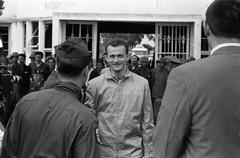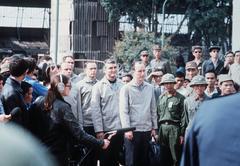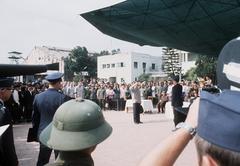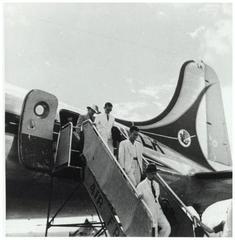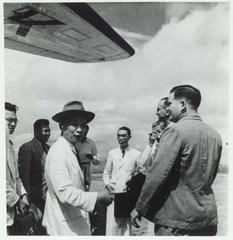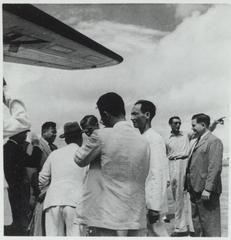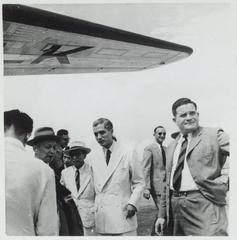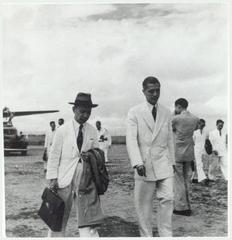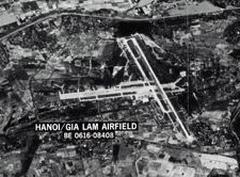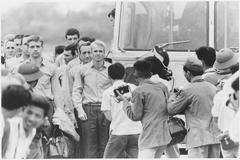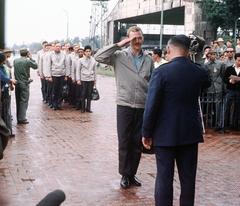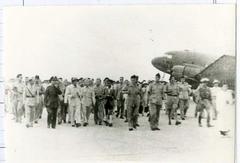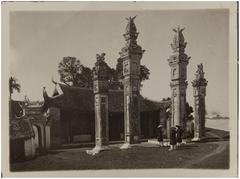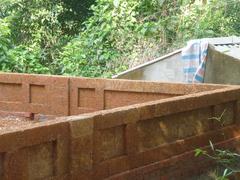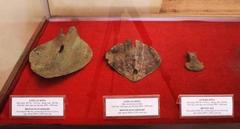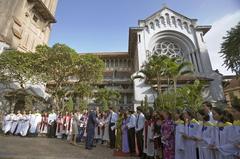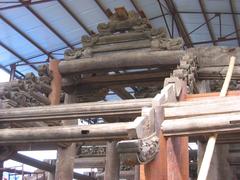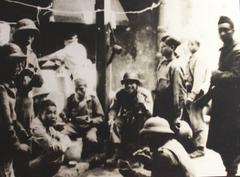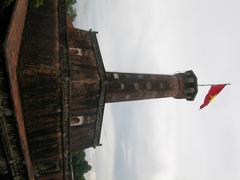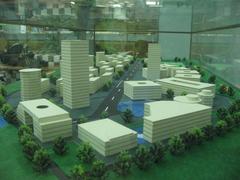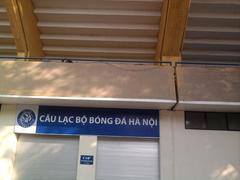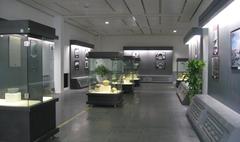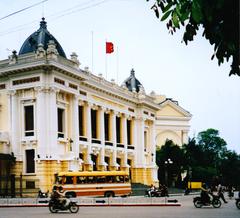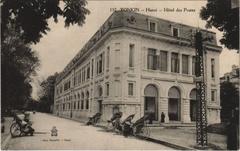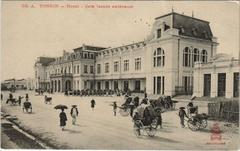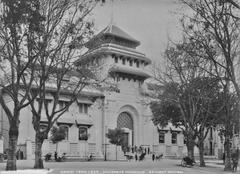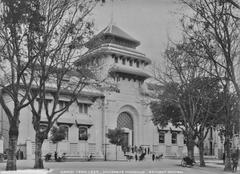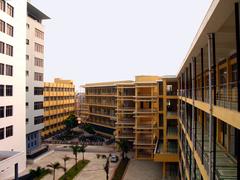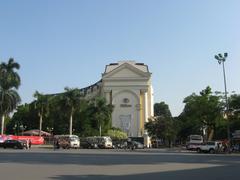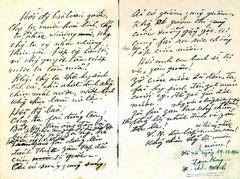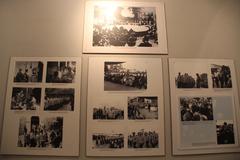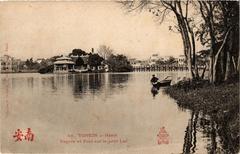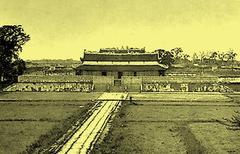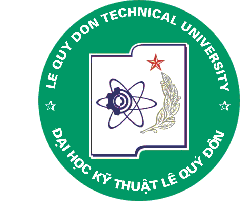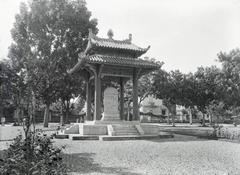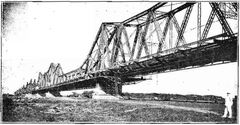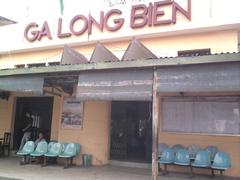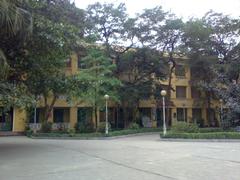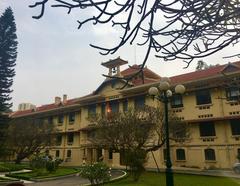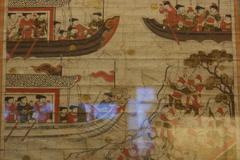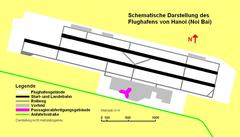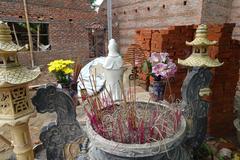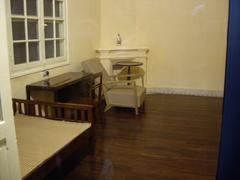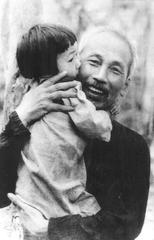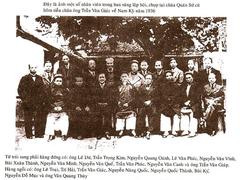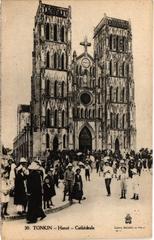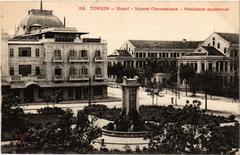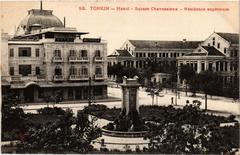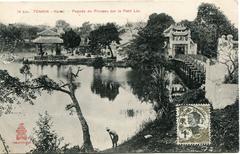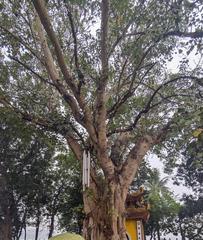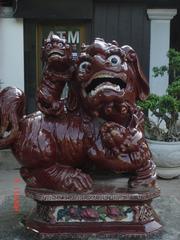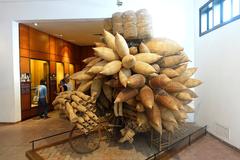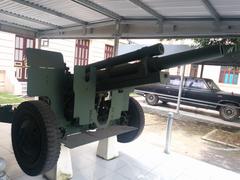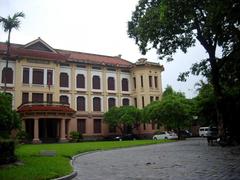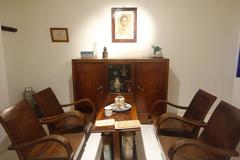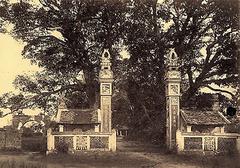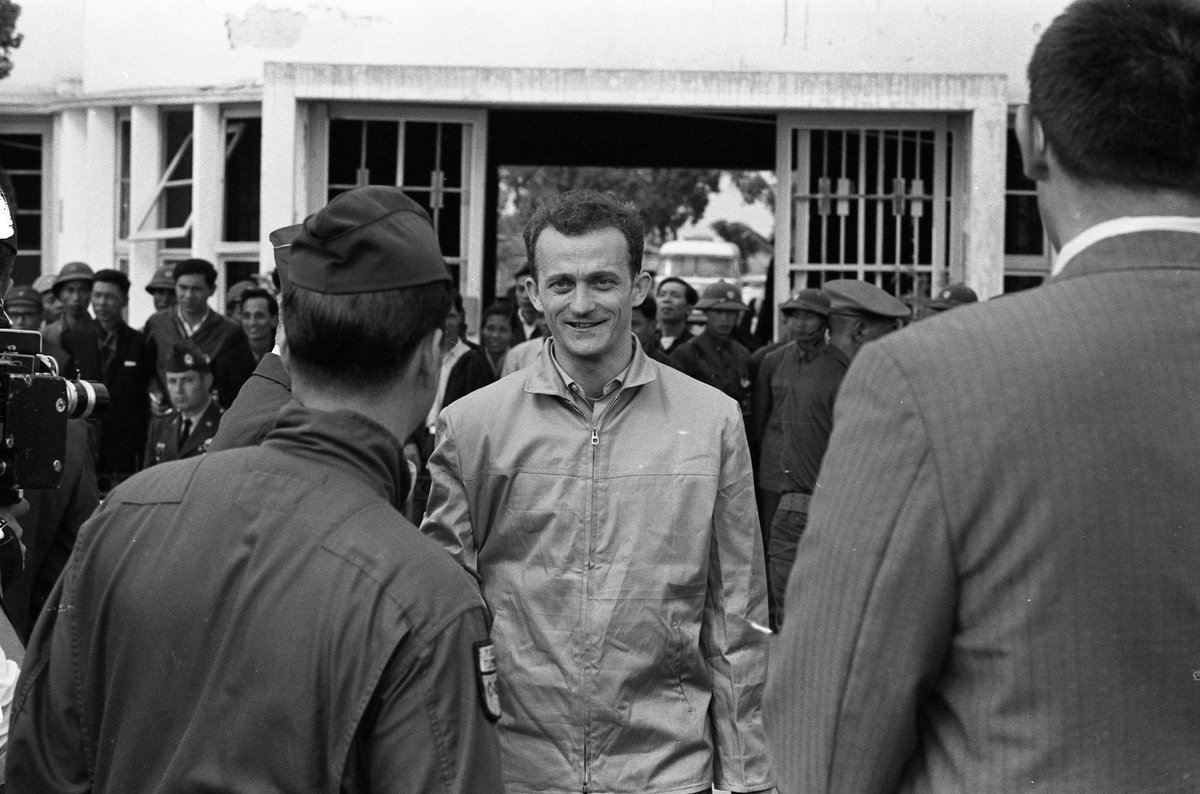
Gia Lam Airport Hanoi: Visiting Hours, Tickets, and Travel Guide
Date: 14/06/2025
Introduction
Gia Lam Airport, located in Hanoi’s Long Biên District on the eastern bank of the Red River, is a site steeped in history, reflecting Vietnam’s colonial heritage, wartime resilience, and modern military significance. Established in the 1930s, the airport has played vital roles in multiple conflicts and continues to serve as a military and limited general aviation facility. Although public access is restricted, Gia Lam Airport remains a point of interest for aviation enthusiasts and history buffs, thanks to its proximity to major Hanoi landmarks like the Long Bien Bridge and the Old Quarter.
This guide delivers a detailed overview of Gia Lam Airport’s historical evolution, current visiting policies, ticketing information, and practical tips for exploring nearby Hanoi historical sites. Travelers will find essential insights for planning a culturally enriching visit, even if direct access to the airport is not possible. For authoritative information, consult resources such as the Vietnam Military History Museum, Tripomatic, and Hanoi Tourism.
Table of Contents
- Early Origins and Colonial Era
- Role in the First Indochina War
- Vietnam War and Cold War Era
- Transition to Modern Use
- Visiting Hours, Tickets, and Access
- Nearby Attractions
- Practical Tips for Visitors
- Frequently Asked Questions (FAQs)
- Conclusion
- Sources and Official Links
Early Origins and Colonial Era
Gia Lam Airport was constructed in the 1930s by the French colonial administration as a strategic airbase to support military and administrative operations in northern Vietnam. Its initial infrastructure included a single runway and hangars built according to French engineering standards. During World War II, the airport was seized by the Japanese Imperial Army, leveraging its location to control northern Vietnam’s air traffic and supply lines. Following the war, the French expanded Gia Lam’s facilities, reinforcing its status as a regional hub.
Role in the First Indochina War
Between 1946 and 1954, Gia Lam Airport served as the primary French airbase in northern Vietnam, supporting reconnaissance, troop deployments, and supply missions during the conflict with the Viet Minh. Its strategic position made it a frequent target for attacks. Notably, it was instrumental in the French effort to supply Dien Bien Phu in 1954. The subsequent French defeat and the Geneva Accords marked the airport’s transfer to the Democratic Republic of Vietnam.
Vietnam War and Cold War Era
After the 1954 division of Vietnam, Gia Lam became a core installation for the North Vietnamese Air Force, hosting Soviet MiG fighters and playing a significant role in Hanoi’s air defense. During the Vietnam War, the airport was targeted in U.S. bombing campaigns but remained operational thanks to rapid repairs by Vietnamese engineers. Gia Lam’s importance was further underscored during the 1973 repatriation of American prisoners of war, a historic event in Vietnam–US relations (Vietnam War POWs).
Transition to Modern Use
Following the war, Gia Lam continued as Hanoi’s main airport until the late 1970s, when Noi Bai International Airport opened to handle increasing commercial traffic (Phong Nha Explorer). Today, Gia Lam serves primarily military functions, including training, logistics, and government flights. It occasionally supports helicopter taxi services to destinations like Ha Long Bay, and hosts special events such as the Vietnam International Defense Expo (VOV World). Ongoing discussions about expanding civil use have not yet resulted in regular commercial service.
Visiting Hours, Tickets, and Access
- Visiting Hours: The airport is not open to the public and has no regular visiting hours. Access is limited to military personnel, authorized staff, and special guests during pre-approved events.
- Tickets: No public ticket sales exist for airport entry or commercial flights. Access during special events (such as defense expos) requires advance booking through official channels.
- Access Restrictions: Due to its military status, photography and filming are strictly controlled. Unauthorized entry is prohibited.
For helicopter taxi flights to destinations such as Ha Long Bay, travelers must book in advance through licensed operators (Tripomatic). Always confirm baggage limits and documentation requirements with your provider.
Nearby Attractions
While the airport grounds are off-limits, the surrounding Long Biên District and central Hanoi offer rich historical and cultural experiences:
- Long Bien Bridge: This iconic French-built bridge, adjacent to the airport, provides panoramic views and a unique perspective on Hanoi’s colonial past.
- Hanoi Old Quarter: A vibrant area with traditional markets, street food, and historic architecture just 5 km away.
- Vietnam Military History Museum: Located in central Hanoi, this museum showcases Vietnam’s military and aviation heritage, including the history of Gia Lam Airport (Vietnam Military History Museum).
- Bat Trang Ceramic Village: A traditional pottery village approximately 10 km from Gia Lam.
Practical Tips for Visitors
- Photography: Permitted only from public areas outside the airport. Avoid photographing military installations.
- Transportation: Use taxis or ride-hailing apps (e.g., Grab) for convenient access to the airport vicinity and nearby attractions.
- Plan Ahead: For special events or helicopter charters, book well in advance and bring required identification.
- Combine Visits: Pair viewing the airport from Long Bien Bridge with visits to museums or the Old Quarter for a comprehensive historical tour.
Frequently Asked Questions (FAQs)
Q: Can I visit Gia Lam Airport as a tourist?
A: No, general public access is not permitted except for special events or with prior official approval.
Q: Are there commercial flights from Gia Lam Airport?
A: No, all scheduled commercial flights operate from Noi Bai International Airport.
Q: How can I attend special events at Gia Lam Airport?
A: Monitor official announcements and book tickets through authorized event organizers when available.
Q: Is photography allowed near the airport?
A: Yes, but only from public spaces outside the airport perimeter and never of restricted or military zones.
Q: What are the best nearby historical sites?
A: Long Bien Bridge, Hanoi Old Quarter, and the Vietnam Military History Museum.
Conclusion
Gia Lam Airport stands as a prominent symbol of Hanoi’s complex history, from colonial times through major conflicts to its ongoing military role. While public access is limited, the airport’s legacy can be appreciated from nearby vantage points and through related historical sites. For aviation enthusiasts and history-minded travelers, understanding Gia Lam’s story deepens the cultural richness of any visit to Hanoi.
For up-to-date information on visiting hours, ticketing, and special events, regularly consult official sources such as VOV World and Phong Nha Explorer.
To enhance your travel experience, download the Audiala app for curated tours, real-time updates, and expert travel tips. Follow us on social media for the latest news and guides on Hanoi’s historical sites.
Sources and Official Links
- Official Hanoi Tourism Website
- Vietnam Military History Museum
- Tripomatic - Gia Lam Airport
- VOV World - US Military Aircraft Land in Hanoi for International Defense Expo
- Phong Nha Explorer - Is There More Than 1 Airport in Hanoi?
